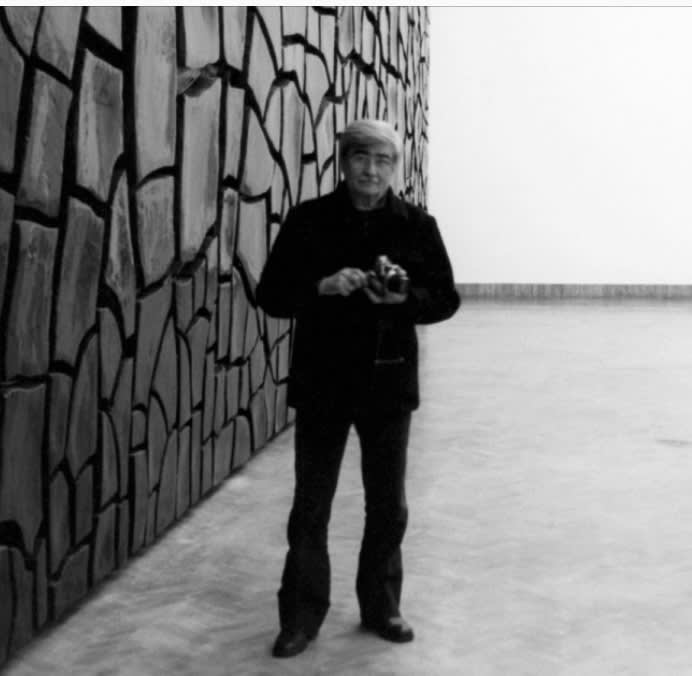Alberto Burri (1915–1995) was an Italian artist whose innovative use of materials and focus on texture played a crucial role in the development of post-war art, particularly within the Arte Povera movement. Born in Città di Castello, Italy, Burri initially trained as a physician and served as a medic during World War II. Captured by Allied forces, he spent time in a POW camp in Texas, where he began to paint.
Burri’s work is best known for its radical departure from traditional painting. In the late 1940s and 1950s, he began creating his signature "Sacchi" (Sacks) series, in which he used burlap sacks, stitched together and covered with paint, as his canvas. These works were marked by their raw, tactile quality, and their use of humble, everyday materials. Burri's focus on texture and materiality challenged conventional art forms and introduced a new language of abstraction that was both visceral and conceptual.
He continued to push the boundaries of art with his "Combustioni" (Combustions) series, where he burned wood, plastic, and metal, and his "Cretti" series, large cracked surfaces resembling parched earth. These works explored themes of destruction and renewal, reflecting the trauma of war and the resilience of the human spirit.
Burri’s significance lies in his pioneering use of unconventional materials and his influence on movements such as Arte Povera and Abstract Expressionism. His work redefined the possibilities of painting and sculpture, leaving a lasting impact on the trajectory of modern and contemporary art, particularly in the exploration of materiality and texture.
